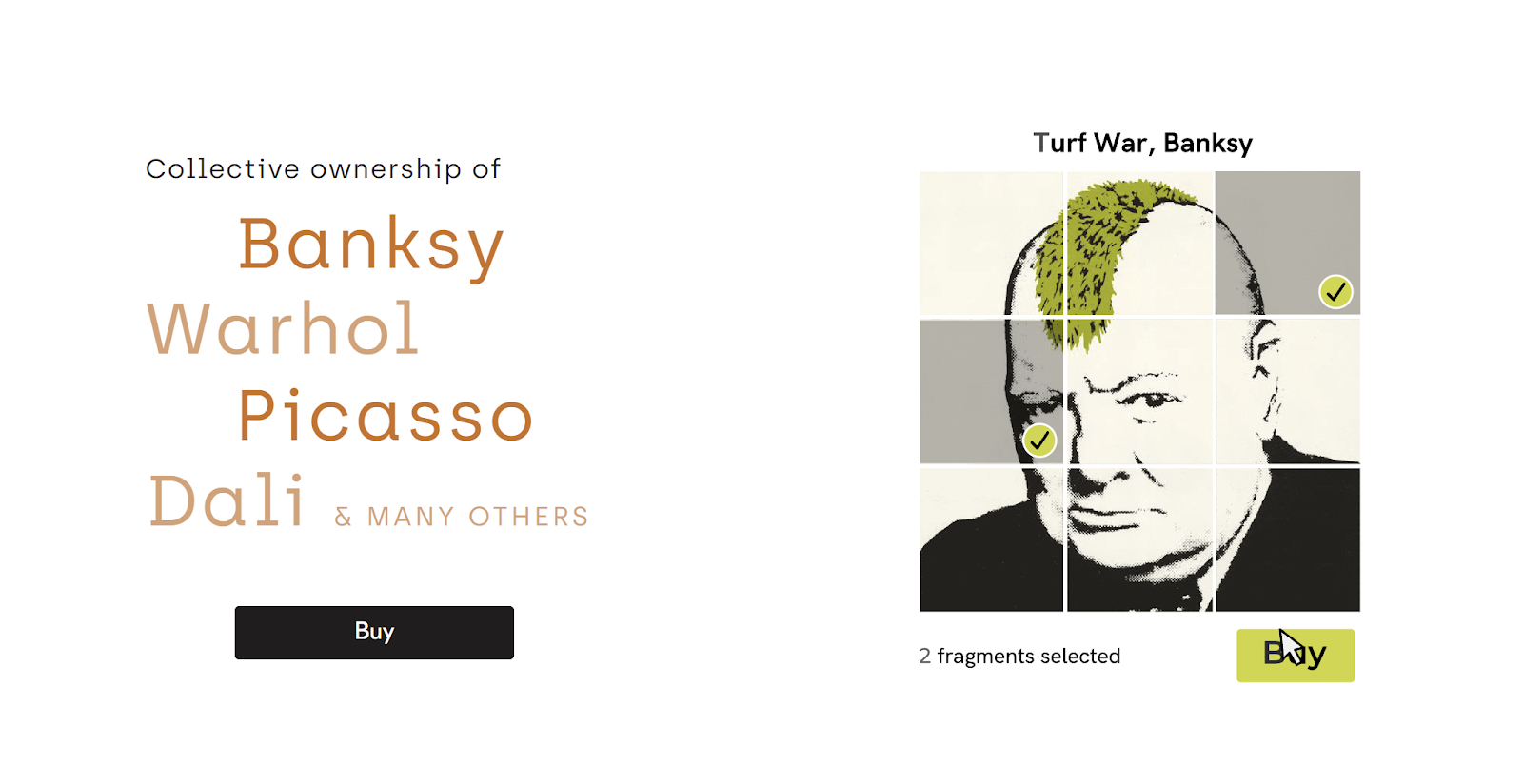
Popular Crypto Art Use Cases
The world of crypto art remained a powerful, albeit not fully explored tool, that has captured the attention of collectors, artists, and tech enthusiasts alike. While the initial hype often focused on the astronomical prices fetched by some digital artworks, the true potential of NFTs extends far beyond mere speculation.
From empowering artists to fostering new communities, crypto art offers a unique blend of creativity, technology, and ownership. In this article, we'll explore how crypto art can transform art collecting, provide new opportunities for artists, and push the market forward. So, prepare to uncover exciting use cases of this vibrant landscape.

What is Crypto Art?
Crypto art, also known as NFT art or digital art, stands for unique digital certificates stored on a blockchain — a secure and transparent digital ledger. Think of it as a digital certificate of ownership permanently linked to a specific piece of digital art. This technology enables the creation, ownership, and verification of unique digital artworks in a secure and transparent manner.
How it Works:
- Artists create digital artworks in various formats, such as images, videos, music, or even 3D models.
- These artworks are then "minted" as NFTs. Essentially, creators attach the digital certificate of ownership to the artwork. This process typically involves uploading the artwork to a specific NFT platform and paying a minting fee.
- Once minted, the NFT becomes a unique and verifiable asset. The blockchain record shows who owns it and provides an immutable history of ownership transfers.
While the initial hype surrounding crypto art focused on the financial aspects, the technology offers a wide range of features.
Top 5 Crypto Art Use Cases
1. Digital Collectibles
While digital art is the most common form of crypto collectibles, NFTs can represent any digital creation, including music, videos, poems, or even 3D models.
On the one hand, artists or galleries can create and sell limited-edition versions of their work, generating significant income through initial sales and ongoing royalties. On the other hand, collectors can connect and share their passion for specific artists or genres, fostering a sense of community around digital art.
As a result, NFTs provide everyone with greater control and direct access to collectibles, bypassing traditional gatekeepers and intermediaries.

2. Metaverse Currency
While NFTs are often associated with art and collecting, they can also fuel a functional economy within the metaverse. Users can purchase virtual land, avatars, wearables, and other assets or unique in-game items using NFTs, ensuring secure and transparent transactions.
This way, NFTs foster a vibrant and self-sustaining digital economy within the metaverse.
3. Event Ticketing
As NFTs eliminate the risk of counterfeiting, they can be used to ensure the authenticity and validity of event access. NFTs will also enable secure and efficient ticket distribution and management, reducing administrative burdens through smart contracts integral to them. These contracts can even be programmed to grant exclusive benefits, such as early access, backstage passes, or limited-edition merchandise.
4. Crowdfunding & Investment
NFTs can enable individuals with limited capital to participate in funding creative projects or ventures previously reserved for larger investors. For example, by tokenizing and fractionalizing galleries or their property, owners lower the barriers for individuals and tap into previously inaccessible markets. It's also a great opportunity to connect directly with potential backers and receive funding without the overcomplicated procedures of traditional investments. Last but not least, blockchain technology ensures transparency in fundraising, allowing supporters to track the progress and utilization of funds.

5. Community Governance
NFTs can be used to establish membership criteria for exclusive communities, granting voting rights and participation in community governance. For example, by holding specific NFTs, members can contribute to the direction and development of the community, fostering a sense of collective ownership. Such use of blockchain technology ensures the secure and transparent operation of community governance processes.
Ultimately…
These are just a few examples of how crypto art is being used to reimagine various aspects of the art industry and create new opportunities. Today, as the era of speculative sales fades, the community is testing the limits of this technology to explore new use cases. That's why we encourage you to look for even more innovative and impactful applications that can help you shape your future in the crypto art market.
Related articles





